Products Description of Isobornyl methacrylate CAS#7534-94-3Isobornyl methacrylate is a colorless, transparent liquid. Isobornyl methacrylate is a monomer that combines hardness and flexibility. Due to its molecular structure, its polymer has excellent high gloss, vividness, scratch resistance, medium resistance and weather resistance, and its hygroscopicity is significantly lower than that of MMA (methyl methacrylate).
Contact Now
Products Description of Stannous methanesulfonateCAS#53408-94-9Colorless transparent liquid with the smell of rotten eggs.Stannous methanesulfonate Chemical PropertiesMelting point -27°Cdensity 1.55refractive index 1.444Specific Gravity1.550Water Solubility Not miscible or difficult to mix in water.Sensitive Air SensitiveHydrolytic Sensitivity0: forms stable aqueous solutionsExposure limitsACGIH: TWA 0.1 mg/m3; STEL 0.2 mg/m3 (Skin)NIOSH: IDLH 25 mg/m3; TWA 0.1 mg/m3InChIKeyJALQQBGHJJURDQ-UHFFFAOYSA-LCAS DataBase Reference53408-94-9(CAS DataBase Reference)EPA Subs
Contact Now
Products Description of 2,4-Dichlorophenoxyacetic acid CAS#94-75-7White crystals. Melting point 138℃, boiling point 160℃ (53Pa). Soluble in organic solvents such as ethanol, acetone, ether and benzene, insoluble in water.
Contact Now
Dodecyltrimethylammonium Bromide Chemical PropertiesMelting point 246 °C (dec.)(lit.)density 1.1566 (rough estimate)vapor pressure 0Pa at 20℃refractive index 1.5260 (estimate)Fp 246°Cstorage temp. Store below +30°C.solubility H2O: 0.1 M at 20 °C, clear, colorlessform Powdercolor White to slightly yellowWater Solubility solubleSensitive Hygroscopicλmaxλ: 240 nm Amax: ≤0.2λ: 250 nm Amax: ≤0.03λ: 260 nm Amax: ≤0.02λ: 500 nm Amax: ≤0.02BRN 3597463InChIKeyXJWSAJYUBXQQDR-UHFFFAOYSA-MCAS DataBase Reference1119-94-4(
Contact Now
Products Description of 1-Methylpyrrolidine CAS#120-94-5Colorless, transparent, volatile liquid. Freezing point -90°C, boiling point 79.5~80.5°C, relative density 0.819, refractive index 1.4240, flash point -21°C.
Contact Now
Products Description of Triethylene glycol bis(2-ethylhexanoate) CAS#94-28-0This product is a solvent-based cold-resistant and environmentally friendly plasticizer with excellent low-temperature resistance, durability, oil resistance, UV resistance and antistatic properties, and has low viscosity and certain lubricity. This product is a special plasticizer for polyvinyl butyral (PVB safety glass) and synthetic rubber, which can make them produce low-temperature performance and low volatility. It can also be used for polyester cloth, adhesives and sealing materials.
Contact Now
Cyclohexanone CAS#108-94-1Cyclohexanone is a colorless, clear liquid with soil smell; its impure product seems as mild yellow color. It is miscible with numerous different solvents. without difficulty soluble in ethanol and ether. The decrease publicity restrict is 1.1% and the higher publicity restriction is 9.4%.
Contact Now
Products Description of Cyclohexanone 99.8%MIN CAS#108-94-1Cyclohexanone is an organic compound with the chemical formula C6H10O. It is a saturated cyclic ketone with a carbonyl carbon atom included in a six-membered ring. A colorless, clear liquid with an earthy odor and, when containing trace amounts of phenol, a minty odor. The impurities are light yellow and develop color as impurities are generated over the storage time. They are watery white to grayish yellow and have a strong pungent odor. When mixed with air the explosive pole is the same as an open chain saturated ketone.
Contact Now
Products Description of 2'-Fucosyllactose CAS#41263-94-9 BASF’s Newtrition® brand for human nutrition launched 2’-fucosyllactose (2’-FL), the largest human milk oligosaccharide (HMO) product, to the infant nutrition market in early 2019. HMOs are a unique class of carbohydrates that occur naturally in breast milk and are the second most abundant nutrient in breast milk after fat and lactose.2’-fucosyllactose is produced by microbial fermentation of genetically modified Escherichia coli strains.
Contact Now
Products Description of 4-Amino-2-chloropyridineCAS#14432-12-3This product is white crystals, m.p.89~91℃, insoluble in water.4-Amino-2-chloropyridine Chemical PropertiesMelting point 90-94 °C(lit.)Boiling point 153°C 5mmdensity 1.2417 (rough estimate)refractive index 1.5110 (estimate)Fp 153°C/5mmstorage temp. Keep in dark place,Sealed in dry,Room Temperaturesolubility DMSO (Slightly), Methanol (Slightly)pka4.73±0.30(Predicted)form Crystalline Powdercolor Light yellowWater Solubility Slightly soluble in water.BRN 108671InChIKeyBLB
Contact Now
Products Description of PseudotropinePseudotropine (3β-tropanol, ψ-tropine, 3-pseudotropanol, or PTO) is a derivative of tropane and an isomer of tropine.
Contact Now
Products Description of 3-Ethyl-3-oxetanemethanolCAS#3047-32-3Mainly used for UV polymerization, synthesis of coatings and resins.
Contact Now
Products Description of 4-Pyridazinecarboxylic Acid CAS#50681-25-94-Pyridazinecarboxylic Acid is a commonly used chemical raw material, often used as a pharmaceutical intermediate.4-Pyridazinecarboxylic Acid CAS#50681-25-9 Chemical PropertiesMelting point 244.2 °C (dec.) (lit.)Boiling point 404.2±18.0 °C(Predicted)density 1.403±0.06 g/cm3(Predicted)storage temp. Sealed in dry,Room Temperatureform powder to crystalpka3.18±0.10(Predicted)color White to Almost whiteInChIInChI=1S/C5H4N2O2/c8-5(9)4-1-2-6-7-3-4/h1-3H,(H,8,9)InChIKeyJUSIWJONLKBPDU-UHFFFAOYSA-NS
Contact Now
Products Description of Phenibut CAS#1078-21-34-Amino-3-phenylbutyric acid hydrochloride is often used to prepare antidepressants.
Contact Now
Products Description of 3-Hexylthiophene CAS#1693-86-33-Hexylthiophene is an important and commonly used electroactive compound.3-Hexylthiophene Chemical PropertiesMelting point -39.15°C (estimate)Boiling point 65 °C/0.45 mmHg (lit.)density 0.936 g/mL at 25 °C (lit.)refractive index n20/D 1.496(lit.)Fp 100 °Fstorage temp. Keep in dark place,Inert atmosphere,Room temperatureform Liquidcolor Clear colorless to slightly yellow or redWater Solubility Partly soluble in water.BRN 1617129CAS DataBase Reference1693-86-3(CAS DataBase Refe
Contact Now
Products Description of Lithium Aluminum Hydride CAS#16853-85-3Lithium aluminum hydride is a commonly used reducing agent in organic chemistry. It can reduce a variety of functional group compounds. It can also act on double-bond and triple-bond compounds to achieve hydroalumination. In addition, lithium aluminum hydride can also participate in the reaction as a base. For example, react LiAlH4 with 2 mol of ethanol to generate lithium diethoxyaluminum hydride [LiAlH2(OC2H5)2]; react with 3 mol of tert-butanol to generate lithium tri-tert-butoxyaluminum LiAlH[OC(CH3)3]3.
Contact Now
Products Description of N-[3-(Trimethoxysilyl)propyl]ethylenediamine CAS#1760-24-3N-(2-aminoethyl)-3-aminopropyltrimethoxysilane is a very representative silane coupling agent.
Contact Now
Products Description of 3-Chloro-5-Methylpyridazine CAS#89283-3-183-Chloro-5-methylpyridazine is a pyridine derivative, commonly used as a pharmaceutical intermediate.3-Chloro-5-Methylpyridazine CAS#89283-3-18 Chemical PropertiesMelting point 139-140 °CBoiling point 259.7±20.0 °C(Predicted)density 1.234±0.06 g/cm3(Predicted)storage temp. Inert atmosphere,2-8°Cform liquidpka1.91±0.10(Predicted)color YellowCAS DataBase Reference89283-31-8Safety InformationHazard Codes Xi,XnRisk Statements 22HS Code 2933998090Product Application of 3-Chl
Contact Now
Products Description of L-Arginine L-glutamate CAS#4320-30-3 White powder; Odorless or slightly odorous; with a special taste. Decomposes when heated to 193-194.6℃. 100ml. 25% aqueous solution contains 13.5g of arginine and 11.5g of glutamic acid.
Contact Now
Products Description of 3-Pyridazinecarboxylic Acid CAS#2164-61-63-Carboxypyridazine is a heterocyclic derivative that can be used as a pharmaceutical intermediate in pharmaceutical experimental research and pharmaceutical synthesis.3-Pyridazinecarboxylic Acid CAS#2164-61-6 Chemical PropertiesMelting point 200-209 °CBoiling point 404.2±18.0 °C(Predicted)density 1.403±0.06 g/cm3(Predicted)storage temp. Keep in dark place,Sealed in dry,Room Temperatureform solidpka3.65±0.10(Predicted)Safety InformationHazard Codes XiRisk Statements 36/37/38Safet
Contact Now
Products Description of ISOQUINOLIN-3-AMINE CAS#25475-67-6ISOQUINOLIN-3-AMINE is a yellow-green powder solid.CAS No.
Contact Now
Products Description of 3-BROMOISOQUINOLINE CAS#34784-02-63-BROMOISOQUINOLINE is a solid chemical.CAS No.
Contact Now
Products Description of Pyridazin-3-Amine CAS#5469-70-5Pyridazine-3-amine appears as a white or off-white solid powder at room temperature and pressure. It is a commercial drug molecule and organic synthesis intermediate. It can be used as a molecular skeleton to participate in the synthesis of drug molecules and bioactive molecules.
Contact Now
Products Description of 1,2-Benzisothiazol-3(2H)-oneCAS#2634-33-51,2-Benzisothiazol-3-one (BIT for short) is a major industrial bactericidal, preservative and enzyme inhibitor. It has an outstanding inhibitory effect on the growth of mold, algae and other microorganisms in organic media. It can solve a series of problems such as mold, fermentation, deterioration, demulsification and odor of organic products caused by microbial growth.
Contact Now



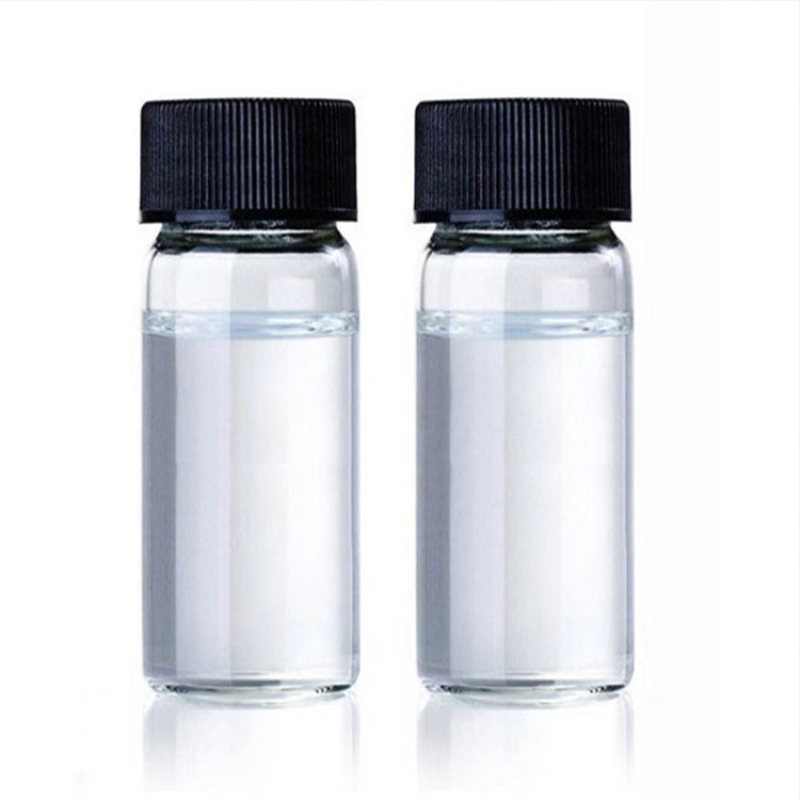

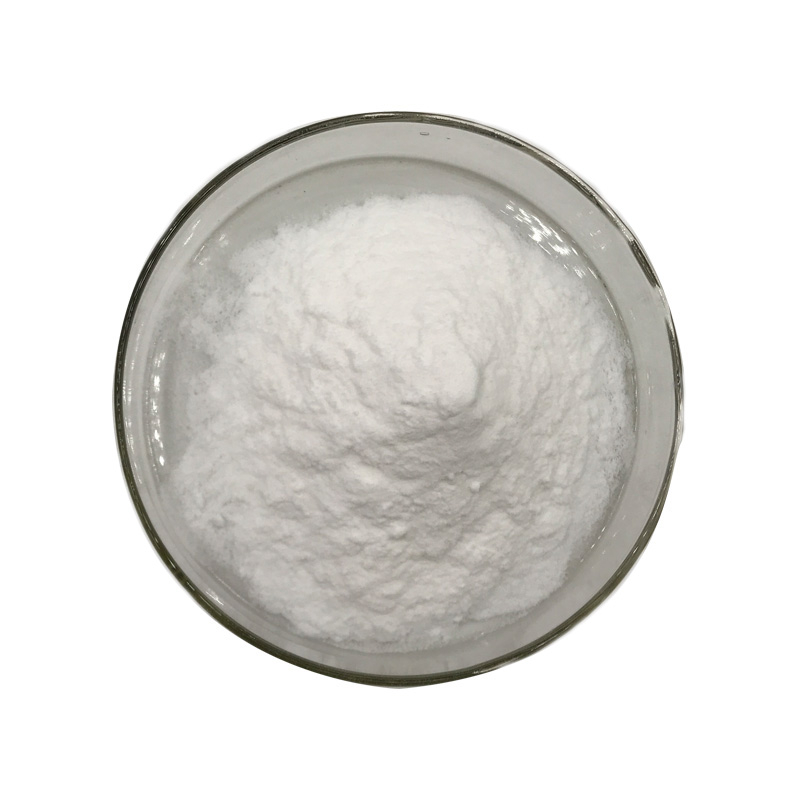
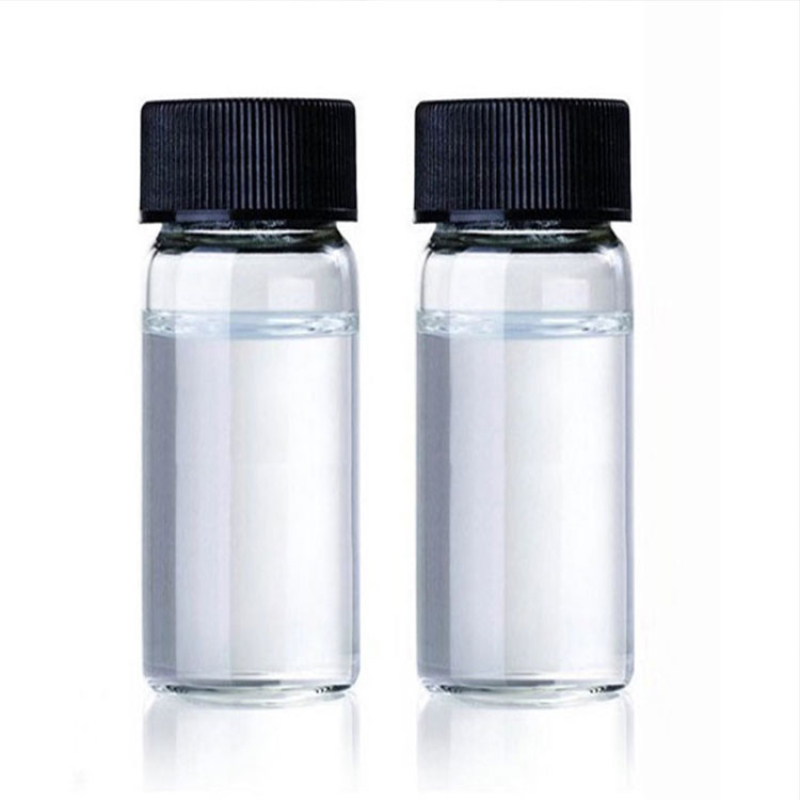

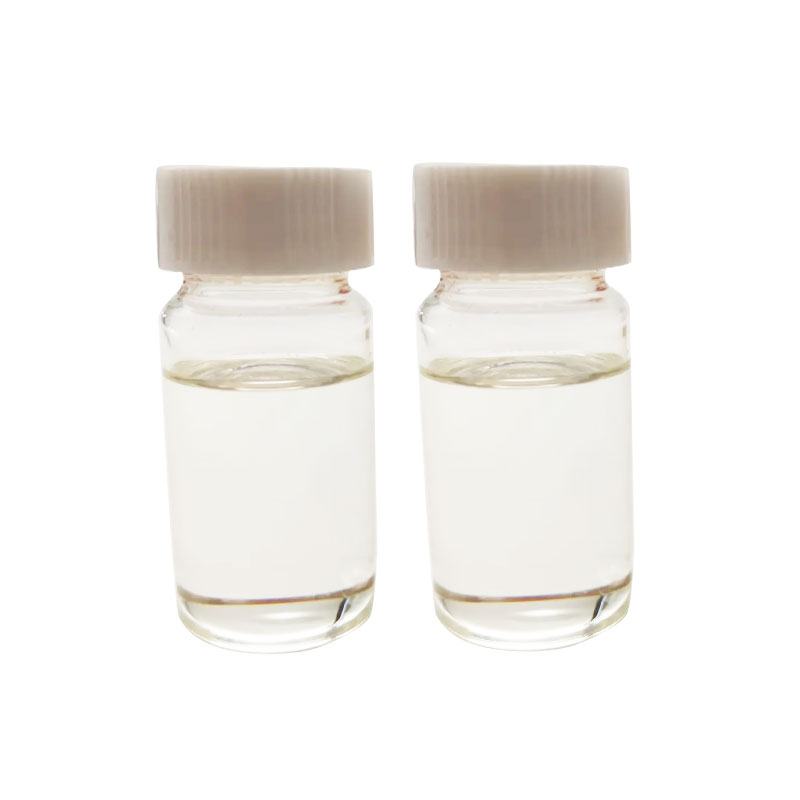
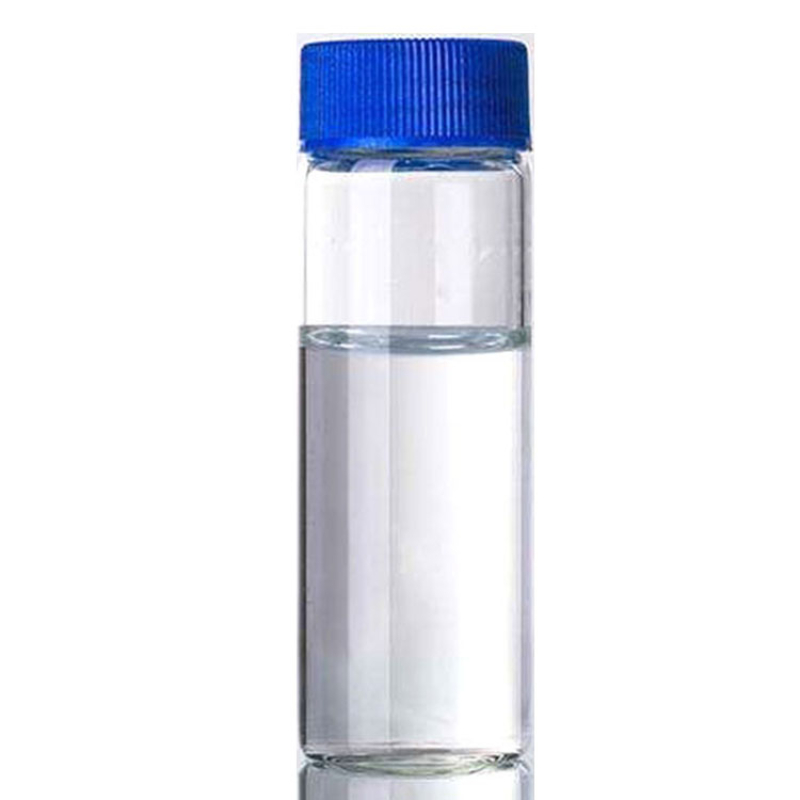








![N-[3-(Trimethoxysilyl)propyl]ethylenediamine CAS#1760-24-3](https://d3rnfhc14zcmdf.cloudfront.net/cdn/ff/1XTKAt_OOYi_hESPlOywnxqqrhOwjixyrJ7jbKv7qRw/1716845046/public/styles/chanpinzhutu/public/2024-05/%E6%97%A0%E8%89%B2%E6%B6%B2%E4%BD%93%20%282%29_20.jpg?itok=GEQYDPar)















